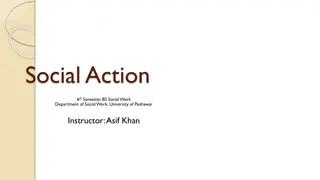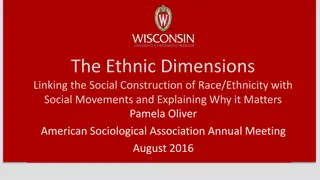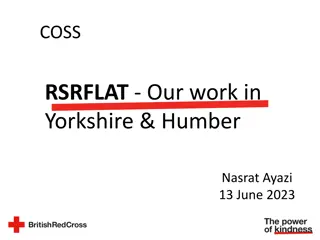Managing Mixed Movements and Asylum Systems
This resource provides a 10-point plan of action for responding to mixed movements, addressing key aspects such as cooperation among partners, data collection, protection-sensitive entry systems, screening and referral mechanisms, solutions for refugees, and more. It offers practical examples and guidance from UNHCR and other organizations on managing asylum systems effectively.
Download Presentation

Please find below an Image/Link to download the presentation.
The content on the website is provided AS IS for your information and personal use only. It may not be sold, licensed, or shared on other websites without obtaining consent from the author. Download presentation by click this link. If you encounter any issues during the download, it is possible that the publisher has removed the file from their server.
E N D
Presentation Transcript
Mixed Movements and Managing Asylum Systems
How to respond to mixed movements? 10 Point Plan of Action A major source of guidance for UNHCR, other UN agencies, governments and civil society to address movements mixed migratory Provides over 100 practical examples from UNHCR, government authorities and civil society across the world Available at https://www.unhcr.org/the-10- point-plan-in-action.html
1: Cooperation Among Key Partners Principle of responsibility sharing Regional Cooperation 2: Data Collection and Analysis Key to developing a response and monitoring Evidence-based decision making
3: Protection-Sensitive Entry Systems Border control that accounts for protection needs, includes: Training Identifying those with specific needs Monitoring entry mechanisms 4: Reception Arrangements Arrangements to address immediate needs and distinguish between various categories of people
5: Mechanisms for Screening and Referral Precedes the asylum application procedures, and the core elements include: Provide key information Informal interviews and surveys Preliminary profile of people Orientation and referral to authorities 6: Differentiated Processes and Procedures The range of procedures that may be available in mixed movement situations. It depends on the profile and the number of arrivals. 7: Solutions for Refugees
8: Addressing Onward Movements Transit through various countries before applying for asylum (sometimes planned by smugglers, and often dangerous) 9: Return Arrangements for Non-Refugees and Alternative Migration Options Return to the country of origin or access to alternative legal migration options 10: Information Strategy Prevent the use of dangerous routes in countries of origin and xenophobia in countries of destination or transit























